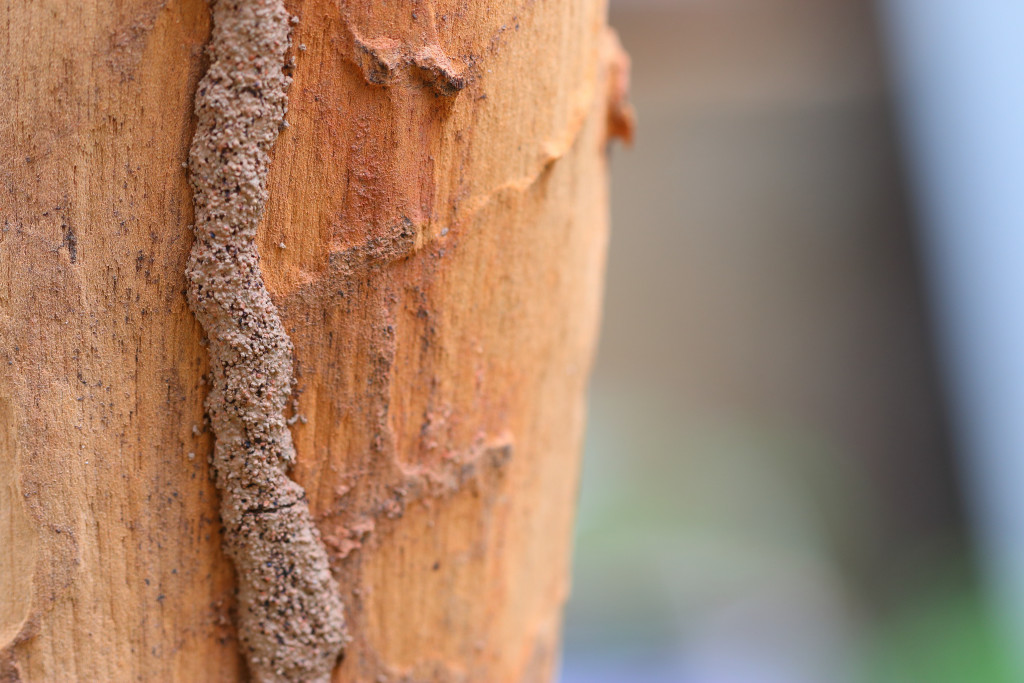Most homes are designed with comfort and functionality in mind. This is why many engineers and architects will usually design living spaces with temperature control in mind while withstanding different types of weather conditions. However, that doesn’t mean that homes are “immune” from pests.
Although many types of pests are just a mild annoyance, many pests are known for carrying serious diseases. In some situations, pests like termites have caused billions-worth of damages from structural failures alone. That said, we must look into different ways of identifying the nests of pests. Getting straight to the source of the problem is the best way of killing off invasive species that might make your place a nightmare. Here’s what you need to know.
Ant Nests
First and foremost, we’ll need to discuss one of the most common types of pests worldwide: ants. Ants normally don’t pose much of a threat other than being mild annoyances. However, fluctuations in temperature can bring out ants from their nests, which can cause problems when it comes to keeping food fresh.
Mosquito Breeding Grounds
Compared to ants that build their nests underground or within human structures, mosquitoes are harder to kill individually and weed out since they don’t necessarily have nests. What’s even more alarming about mosquitoes is that certain strains can cause severe health complications if it’s not addressed. That said, homeowners must address the breeding grounds of mosquitoes as soon as possible.
If you’re not sure what you should be doing when weeding out mosquitoes, you might want to consider getting professional help. Mosquitoes are known for carrying a variety of vector-borne diseases, such as malaria and dengue.
A sudden spike of mosquitos in your area will usually mean that there’s an infestation nearby; you might want to drain stagnant water off pots, ornaments, and hard-to-reach areas from your home. Although, leaving this infestation to professional mosquito control services is the best way of weeding out nests of mosquitoes in your area.
Termite Mounds

Just like ants, termites are also known for being invasive species that can easily damage your home’s structural integrity if you’re not addressing them. Compared to ants that usually have visible nests that can be flushed out, termites will usually build an extensive network of tunnels and nests inside various construction materials, such as mud and wood. It’s harder to identify the nests of termites since they are known for burrowing deep into wooden surfaces.
One of the best ways of knowing if certain types of wooden structures are being infested with termites is a certain type of “bubbling” that you’ll see on painted wooden surfaces. Termites are also known for leaving off grainy mounds of fecal matter on areas where they burrow in.
Structures to Keep in Mind
Although identifying tell-tale signs of nests is a good way of flushing them out shortly, it’s also important to be mindful of different structures in your home that could become breeding grounds for many of these pests. Certain types of bugs and pests don’t necessarily build their own nests, such as mosquitoes and bed bugs, and will usually rely on man-made structures or belongings as a breeding ground.
That said, you’ll need to get different parts of your home checked out to ensure that everything is safe and free from the reach of pests. Most experts suggest looking at places that are head-to-reach areas and structures that don’t get much human interaction, such as your home’s gutters, roofing, and drainage systems.
Here are some parts of your home that you should have inspected:
- Roof — Your roofing system will be a prime place where insects can reside, especially when water is trapped in cracks. You’ll need to trim branches from trees that are close to your roof.
- Gutters — Your gutters serve the important purpose of redirecting water off your roof towards a more “safe” area. However, leaves and gunk on your gutters can clog the waterways. You might want to get your gutters cleaned by a specialist.
- Chimney — This part of your home should always be maintained since this is a prime point of entry inside your home. Most experts would suggest tarring this area.
- Basement — Most basements are known for being moist, dark, and damp areas. The conditions in these areas are perfect breeding grounds for mosquitoes. You’ll need to ensure that your basement is sealed off from your exteriors so that there’s only one entry point.
- Sidings — Many homes that use sidings will find that wasps, bees, mosquitoes, termites, and beetles will take up these areas since some insects find these areas convenient places to stay in. You’ll need to find cracks and holes and patch them up immediately.
When keeping your home and its inhabitants safe, you’ll need to do comprehensive maintenance of your area. Keeping your living space clean while controlling different aspects of your home’s interiors is a great way of putting a stop to the rising number of pests inside your home. Although some types of pests and insects might seem like a mild annoyance, many insects can carry diseases and damage the structural integrity of your home. Thus, getting straight to the source of the infestation can help.







